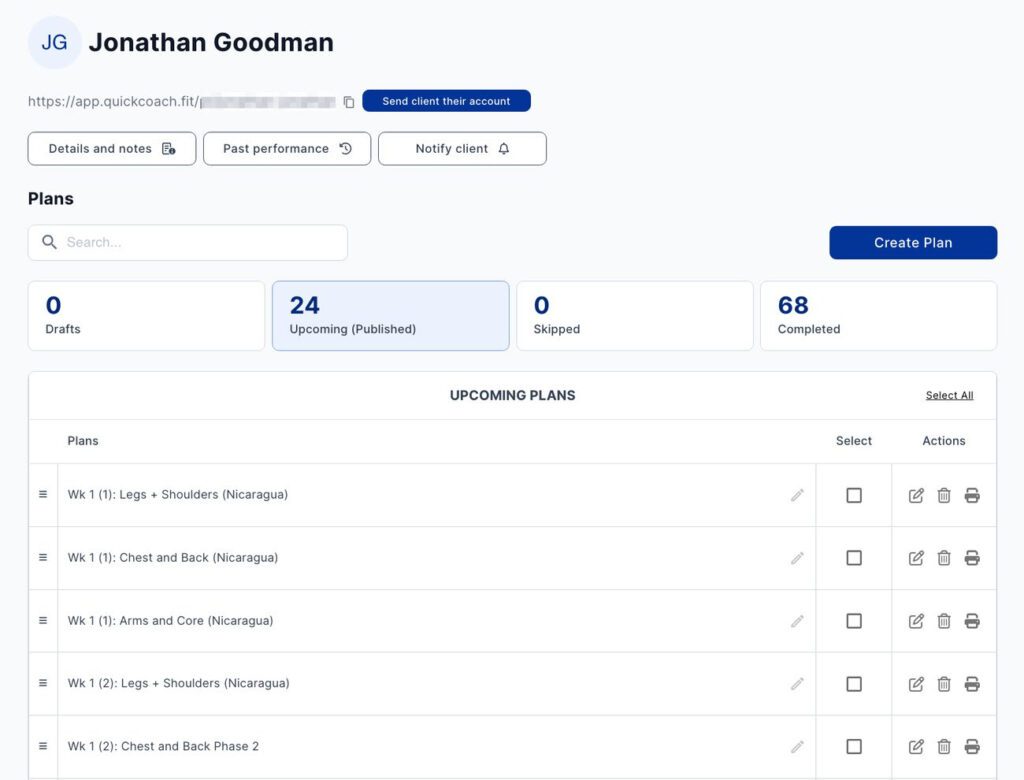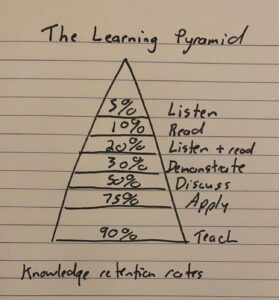Tempo Training
How does tempo training specifically target fast-twitch muscle fibers?
Tempo training targets fast-twitch muscle fibers by incorporating specific timing and tempo variations in exercises. By controlling the speed at which each repetition is performed, tempo training places a greater emphasis on explosive movements, which engage and activate the fast-twitch muscle fibers. This type of training helps to improve power, speed, and muscle growth, making it an effective method for targeting these particular muscle fibers.





